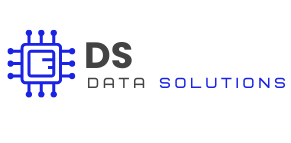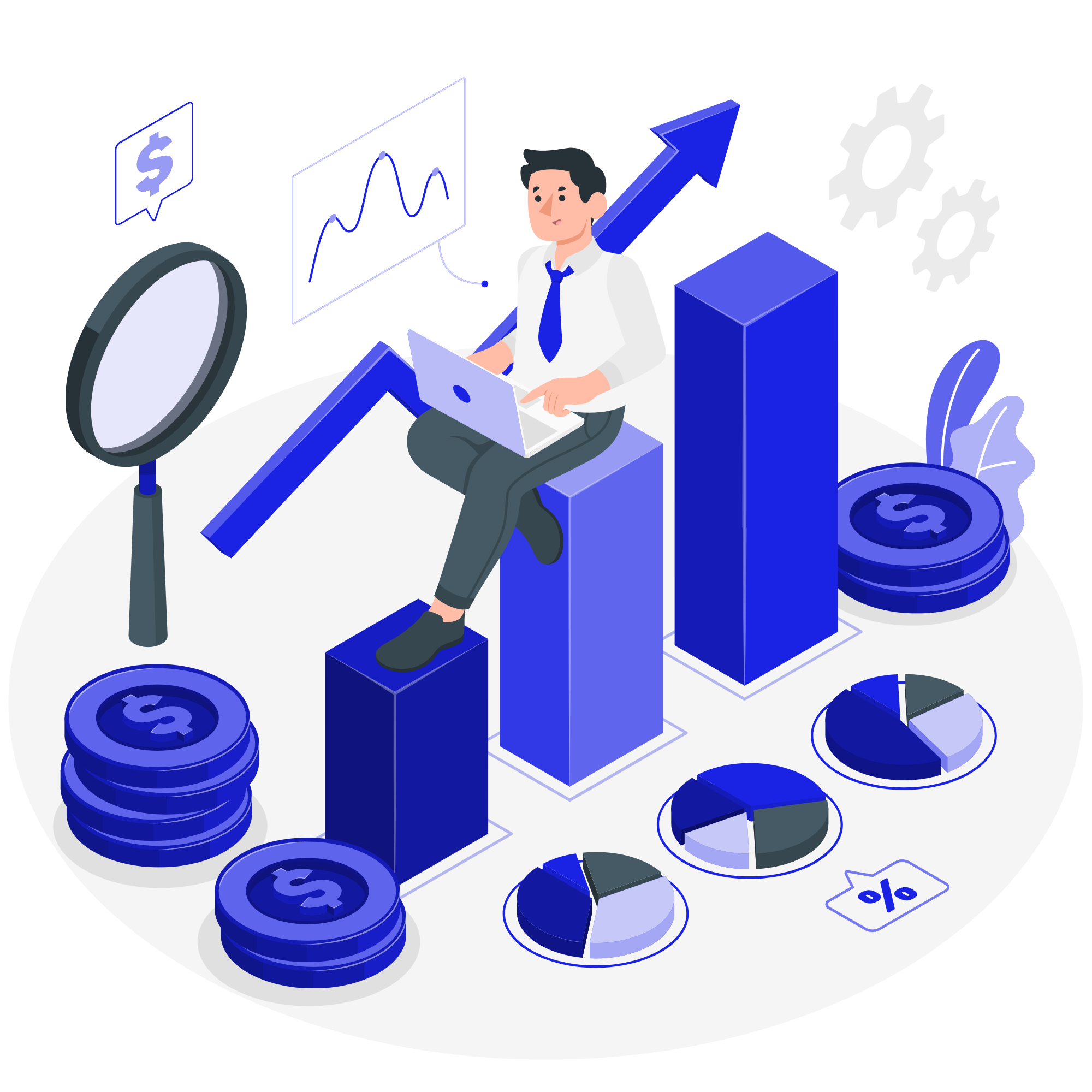Introduction
In today’s data-driven world, the ability to gather and analyse large volumes of data is critical for making informed business decisions. For data analysts, business intelligence professionals, and data scientists, web scraping offers a powerful tool for collecting the raw data needed to generate meaningful insights and accurate forecasts. By integrating web scraping into your data analytics workflows, you can access real-time information from various online sources, enriching your datasets and enhancing your analytical capabilities. In this article, we’ll explore how web scraping can power your analytics, helping you move from raw data to actionable insights.
The Importance of Data in Analytics
Data is the foundation of any effective analytics strategy. The more relevant and accurate the data, the better your analysis will be. Whether you’re conducting market research, building predictive models, or generating business reports, having access to comprehensive and up-to-date data is essential for driving accurate conclusions and actionable insights.
How Web Scraping Enhances Data Analytics
Web scraping automates the collection of data from websites, providing a continuous stream of information that can be integrated into your analytics workflows. Here’s how web scraping can be used to power your data analytics:
1. Gathering Large Volumes of Data
One of the primary benefits of web scraping is the ability to collect large volumes of data quickly and efficiently. This is particularly useful in data analytics, where having access to extensive datasets is crucial for accurate analysis and forecasting.
- Scalable Data Collection: Web scraping allows you to scale your data collection efforts, gathering information from multiple sources simultaneously to build comprehensive datasets.
- Custom Data Extraction: Tailor your web scraping efforts to collect specific data points relevant to your analysis, such as prices, reviews, social media mentions, and more.
Example: A data analyst could use web scraping to collect daily pricing data from e-commerce websites, enabling them to analyse price fluctuations and trends over time.
2. Enriching Datasets with Real-Time Information
Real-time data is invaluable for making timely decisions and generating accurate forecasts. Web scraping enables you to continuously update your datasets with the latest information, ensuring that your analysis reflects current trends and market conditions.
- Real-Time Data Integration: Integrate real-time data from web scraping into your analytics workflows, allowing you to monitor changes and update your models as new information becomes available.
- Dynamic Analysis: Use real-time data to perform dynamic analysis, such as tracking competitor activities, monitoring market trends, or analysing customer sentiment as it evolves.
Example: A business intelligence professional could use web scraping to collect real-time social media mentions of their brand, feeding this data into sentiment analysis tools to monitor shifts in public perception.
3. Enhancing Predictive Analytics
Predictive analytics relies on historical and current data to forecast future trends and behaviours. Web scraping can enhance your predictive models by providing a continuous stream of relevant data that improves the accuracy of your forecasts.
- Historical Data Collection: Scrape historical data from websites, such as past prices, sales figures, or weather patterns, to build robust datasets for predictive modelling.
- Trend Analysis: Use web scraping to identify and analyse trends, allowing you to make more accurate predictions about future market movements, customer behaviour, or product demand.
Example: A data scientist could use web scraping to gather historical weather data from multiple sources, integrating it into a predictive model to forecast agricultural yields based on expected weather conditions.
4. Automating Data-Driven Decision Making
Web scraping can be used to automate data-driven decision-making processes by providing a continuous flow of data that triggers specific actions or alerts. This automation allows businesses to respond quickly to changes and capitalize on opportunities in real-time.
- Automated Alerts: Set up web scraping scripts to monitor key metrics, such as competitor prices or customer reviews, and trigger alerts when certain thresholds are met.
- Decision Automation: Integrate web scraping with business intelligence tools to automate decision-making processes, such as adjusting pricing based on competitor activity or launching marketing campaigns in response to trending topics.
Example: An e-commerce company could use web scraping to monitor competitors’ pricing strategies in real-time, automatically adjusting their prices to remain competitive without manual intervention.
The Benefits of Integrating Web Scraping with Data Analytics
Integrating web scraping into your data analytics workflows offers several key benefits:
- Comprehensive Data Access: Gain access to a wide range of data sources, providing a richer dataset for analysis and more accurate insights.
- Increased Efficiency: Automate the data collection process, saving time and resources while ensuring that your datasets are continuously updated with the latest information.
- Improved Forecasting: Enhance the accuracy of your predictive models by incorporating real-time and historical data from web scraping, leading to more reliable forecasts.
Challenges and Considerations
While web scraping offers significant advantages for powering your analytics, there are also challenges and considerations:
- Legal and Ethical Issues: Ensure that your web scraping activities comply with data protection laws and the terms of service of the websites you are scraping. Avoid scraping personal data without consent.
- Data Quality: Regularly validate the data you collect to ensure accuracy. Clean and update your datasets to avoid basing decisions on outdated or incorrect information.
- Scalability: Depending on the volume of data you need to scrape, you may need to invest in more advanced tools or infrastructure to handle large-scale scraping projects.
Conclusion
Web scraping is a powerful tool that can significantly enhance your data analytics workflows. By automating the collection of large volumes of data, integrating real-time information, and enriching your datasets, web scraping provides the foundation for deeper insights and more accurate forecasting. For data analysts, business intelligence professionals, and data scientists, integrating web scraping into your analytics strategy can lead to more informed decision-making, improved predictive models, and a stronger competitive edge.
By leveraging the capabilities of web scraping, you can transform raw data into actionable insights, driving better outcomes for your business.
Ready to Start Your Web Scraping Journey?
Ready to power your analytics with web scraping? Explore our other articles on advanced web scraping techniques, or contact us to learn how our web scraping services can help you gather the data you need for deeper insights and more accurate forecasting.


